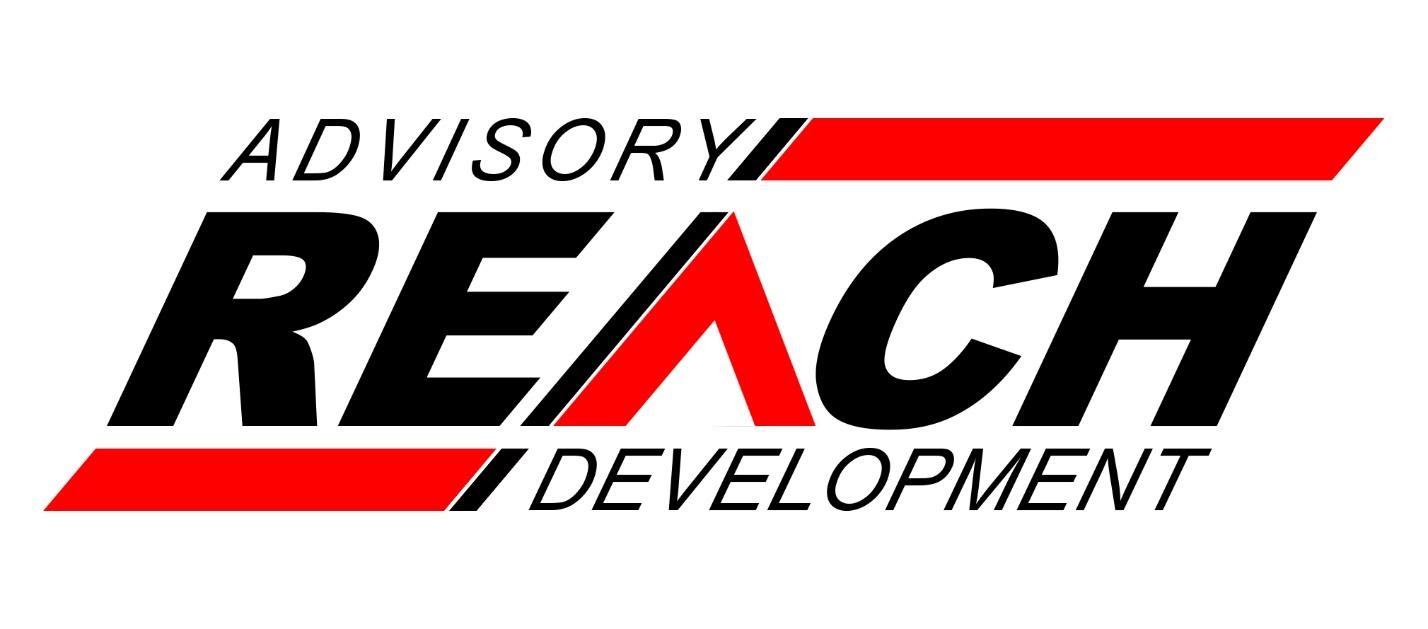 Can you remember anything from taking “Intro to Economics” when you were in college? For me, I remember reading “The Wealth of Nations” by Adam Smith, the father of modern economics. One thing that stood out for me in this book was the mysterious concept in economics of “the invisible hand” which silently guides our individual business interests to create benefits for the broader society.
Can you remember anything from taking “Intro to Economics” when you were in college? For me, I remember reading “The Wealth of Nations” by Adam Smith, the father of modern economics. One thing that stood out for me in this book was the mysterious concept in economics of “the invisible hand” which silently guides our individual business interests to create benefits for the broader society.
Smith published “The Wealth of Nations” in 1776 developing economic theories to describe what would become known as the Industrial Revolution. That era was defined by automation, manufacturing, and factories. Today we are living in the Digital Revolution which has been defined by computers, software, and networks – all of which live in a data center.
Virginia is the largest data center market in the world. In fact, Northern Virginia’s Loudoun County is home to the famed “Data Center Alley” where you will find the highest concentration of the largest and most innovative data centers. Buddy Rizer, Executive Director of Economic Development in Loudoun County, has been called “The Godfather of Data Center Alley.” He expects that Loudoun County will continue to be a global leader in data centers particularly in response to the COVID-19 pandemic.
According to Mr. Rizer, “The importance of our data centers has never been more apparent than during the COVID-19 pandemic when the internet and data centers became the vehicle through which we communicated with friends and family, did business and educated our children. Even in a time of unprecedented economic uncertainty for many businesses, the data centers are growing their footprint in Loudoun. We currently have about 18 million square feet of data center space on the ground with another 4 million or so under development with millions more square feet in the planning stages.”
Adam Smith applied economic theory to nations. In a similar way, is there a “Virginia Data Center Economics” in which an invisible hand guides these high-tech facilities to produce societal benefits for Virginia and the world?
To help us answer that question the Northern Virginia Technology Council (NVTC) commissioned an economic analysis by Fletcher Mangum, PhD, “The Impact of Data Centers on the State and Local Economies of Virginia.” This report is being used around the world to better understand the societal costs and benefits of data center economics. Based on Dr. Mangum’s report and conversations with subject matter experts from NVTC’s Data Center and Cloud Committee, let’s look at four key metrics of data center economics: Innovation, Investment, Income, and Incentives.
Innovation – Dense Fiber and Renewable Energy
Data center builders will joke, “A data center without fiber is just another building. A data center without lots of power is going to be empty building!” Ample, high-capacity fiber combined with available, cost-effective power are critical elements to making Virginia a global data center leader. These two elements have also been catalysts for innovation.
Northern Virginia offers some of the densest fiber installations in the world. Virginia Beach in Eastern Virginia’s Hampton Roads area is the landing point for new subsea fiber cables connecting Virginia to Europe, South America and beyond.
Vinay Nagpal, President of InterGlobix; Executive Director of the Internet Ecosystem Innovation Committee; and Leadership Board Member of NVTC’s Data Center and Cloud Committee has been in the forefront of establishing Virginia as a global fiber leader.
According to Mr. Nagpal, Northern Virginia is one of the most fiber-rich places in the world. “In Virginia you can access the latest in fiber technologies and connect to a dense interconnectivity ecosystem. Northern Virginia has seen deployments of industry-leading cables with 6,912 fibers. These fiber cables are made up of fiber-optic strands, which are thinner than human hair and 1000 times stronger.”
In Virginia Beach, the subsea cable called MAREA, owned by Facebook, Microsoft, and Telxius, was the first subsea cable to land on the shores of Virginia from Spain. It was built in record time of under two years. The numbers on MAREA are staggering. It is 4,400 miles long, travels at depths of up to 17,000 feet, weighs 10 million pounds and has an industry-leading capacity of 209.6 terabits per second (Tbps) across eight fiber pairs. Mr. Nagpal commented, “To put it in perspective, every movie ever made on the planet can be transmitted across the Atlantic Ocean in 4K on the MAREA cable in 42 seconds.”
Significant innovation is also underway in Virginia’s data centers regarding power. The evolution of the data center industry over the past ten years has driven a huge increase in power consumption. While data centers are big power users, these facilities have become some of the most efficient power users in the world. The industry is keenly aware of its impact on the environment and has encouraged its utility partners to expand their renewable generation portfolios.
Dominion Energy has been a key partner in Virginia’s data center growth and move to renewable energy. Over the last six years, Dominion Energy has increased its renewable fleet from 41 megawatts to 2,600 megawatts of solar generation. Additionally, Dominion has committed to have an additional 3,000 megawatts of solar generation in development or deployed in Virginia by 2022. The Commonwealth of Virginia is also driving the shift to renewable energy by passing the Virginia Clean Economy Act (VCEA) in 2020. This legislation will dramatically increase renewables and the introduction of new technologies in Virginia. According to Stan Blackwell, Director of Customer Solutions and Strategic Partnerships at Dominion Energy and a Member of the Leadership Board of the NVTC Data Center and Cloud Committee, “Renewable energy development is a critical part of Dominion Energy’s bold plan to have net zero greenhouse gas emissions by 2050. As our customers, led by the data center industry, pursue renewables and carbon free energy, Dominion wants to be their partner and supplier.”
Investment – Billions of Dollars to Build Internet Infrastructure
We hear debate on Capitol Hill about the need for investment in infrastructure such as roads, bridges, and power grids. Increasingly broadband internet is being included in this infrastructure list. The good news is that Virginia data centers are leading the way in making investments to build internet infrastructure for future generations.
It can be challenging to calculate the total capital investment being made by Virginia’s data center companies. One rule of thumb is that it costs between $7-10 million per megawatt to build a data center. Industry reports say Virginia added about 200 megawatts of new capacity in 2019, indicating a capital investment of close to $2 billion. Dominion Energy alone added 200 megawatts of capacity in 2019 to support the data center industry. Some estimates say data centers account for 70-80% of the commercial capital investment in Virginia. As a point of comparison, Virginia’s budget for road construction in FY2020 is $2.7 billion.
Also, remember that data center customers are buying racks and racks of computing equipment and networking gear to run in these facilities. One enterprise Chief Information Officer told me that for every $1 he spends on data centers, he spends $5-7 on computer equipment. Plus, the equipment needs to be replaced every 3-5 years. These equipment purchases add up to billions of dollars of investment per year in Virginia.
Income – 15,000 Jobs, $2 Billion in Wages, $600 Million in Taxes
Business strategists will tell you that in terms of investments, industries tend to be either capital intensive or labor intensive, but not both. Data centers are very capital intensive so you would expect that they would create relatively fewer jobs. However, data centers in Virginia do create tens of thousands of jobs and they are high-paying jobs.
According to the report by Mangum Economics, in 2018 the data center industry in Virginia employed approximately 15,000 people in full-time jobs with an average annual pay of $126,000. Those jobs earned about $2 billion in associated pay and benefits. Even better, these data centers create “multiplier jobs” among the service providers, many of them small business entrepreneurs, that install, maintain, and operate the thousands of servers, storage, and network devices in the data centers. Dr. Mangum estimates the total employment impact on Virginia from the data center industry in 2018 to be approximately 45,000 jobs and $3.5 billion of associated pay and benefits. To put these numbers in the context of other professions, employment reports have estimated that there are 20,000 doctors; 29,000 lawyers; and 90,000 public school teachers working in Virginia.
The data center industry in Virginia is also partnering with higher education to produce the next generation of data center professionals. Northern Virginia Community College (NOVA) took the lead by developing and launching in record time a new two-year Associate of Applied Science program to train data center operations technicians. The program started with 19 students in its very first year. Almost all of the students have already found internships or full-time jobs in Virginia data centers. Also, Amazon Web Services (AWS) launched a paid apprenticeship program at NOVA and in December 2018, the program graduated its first students into full-time Associate Cloud Consultant jobs with AWS.
In addition, data centers are creating revenue for state and local governments by paying taxes, even though Virginia has a sales and use tax exemption on some equipment for data centers. The Mangum Economics report estimates that in 2018, data centers were directly and indirectly responsible for generating $600 million in state and local tax revenue in Virginia.
Incentives – Would You Pay $86 Million to Get $3 Billion Back?
One indicator that data centers are good for business and good for the local economy is that 31 states currently offer financial incentives to build data centers in their area. Government incentives are not new for infrastructure projects. For example, in 2006 Washington DC issued $535 million in bonds to help pay for the construction of Nationals Park.
The primary data center incentive in Virginia is a sales and use tax exemption. The benefit of this exemption goes mostly to data center customers who do not have to pay sales tax on the equipment they purchase to run in qualified data centers. For example, a data center customer might purchase $10 million of computing equipment and save approximately $500,000 in sales tax. The cost of the exemption falls mostly on the data center companies who have to make a capital investment of at least $150 million and create a minimum of 50 new jobs at 150% of the average wage in the locality in order to qualify.
According to Dr. Mangum’s report, Virginia’s data center incentive program has the highest job creation requirement in the country (along with Nevada and Mississippi). Twenty states have no minimum job creation requirement at all. In terms of capital investment, Virginia has the 8th highest requirement and 16 states offer their best incentives for capital investments half the size of Virginia.
In 2019, the Virginia General Assembly directed the Joint Legislative Audit and Review Commission (JLARC) to review and evaluate economic development for data centers and manufacturing. According to JLARC’s report, in fiscal year 2018, $86 million of sales and use tax was exempted under the incentive. JLARC also found that 90 percent of the data center investment made by the companies that received the sales and use tax exemption would not have occurred in the state of Virginia without the incentive.
The ultimate question in data center economics becomes, “Would you pay $86 million to spur high-tech innovation, billions of dollars of investment, tens of thousands of jobs, and hundreds of millions of dollars of tax revenue?” I think Adam Smith would like that deal.
